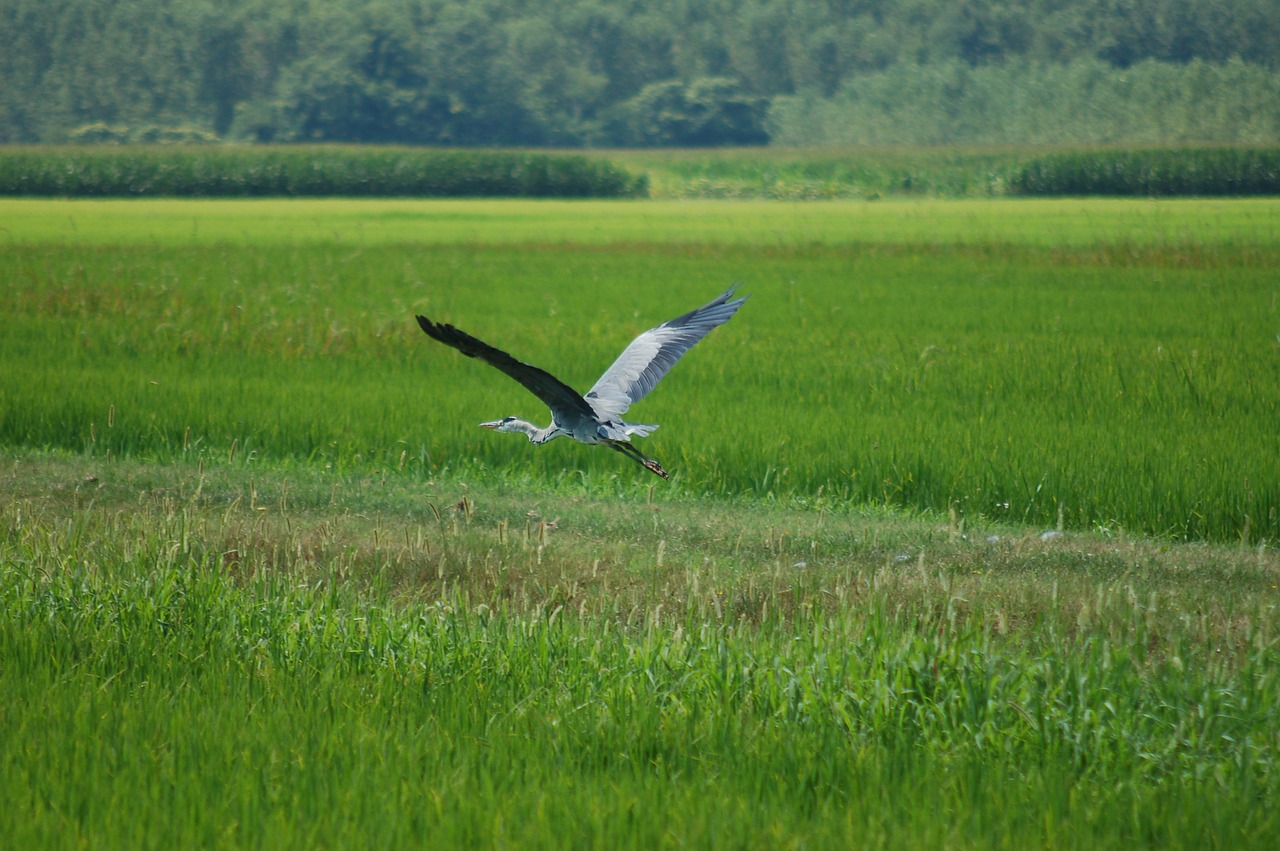West Nile virus is the most geographically widespread arbovirus in the world. Identifying the links between environmental variables and the circulation of the virus is the main challenge when addressing predictive risk mapping.
Comment to article: “West Nile virus in Spain: Forecasting the geographical distribution of risky areas with an ecological niche modelling approach”
What is known about this subject?
West Nile virus (WNV) is an emerging vector-borne virus (arbovirus or arthropod-borne-virus)with a zoonotic life whose main reservoir hosts are birds. Several species of ornithophilic mosquitoes, which bite birds, are involved as vectors. Its transmission is difficult to predict and even more difficult to prevent.
West Nile virus causes a neurological disease known as “West Nile Disease”. Most infections with WNV in humans are asymptomatic (80%). About 20% of people who become infected with WNV will develop West Nile fever. It is estimated that less than 1% of people infected will develop a more severe form of the disease, called the West Nile neuroinvasive disease and, very rarely, it can cause Guillain-Barré syndrome and other demyelinating neuropathies. The symptoms of West Nile neuroinvasive disease involve the central nervous system: meningitis, encephalitis and acute flaccid paralysis, or a combination of the three. (1-6) The severity of the symptoms ranges from a mild, self-limited illness from which patients recover within a week to a prolonged debilitating illness, which may persist for months. Since about 80% of WNV infections in humans are asymptomatic, the rate of infection is unknown and only manifests itself when there are large epidemic outbreaks with severe cases, as it happened during 2020 in Spain, with a massive number of infections with WNV, both in humans and horses.
The emergence of WNV is difficult to predict and even more difficult to prevent. The use of ecological niche modelling (ENM) to understand and predict disease outbreaks has emerged in the last years and it is rapidly becoming the gold-standard method for disease risk mapping (7).

(a) Global occurrence records of outbreaks of West Nile disease and thinned records with identification of its mosquito vectors Culex pipiens y Culex perexiguus (b) Detail of outbreaks of West Nile disease and occurrence records of Culex pipiens identified in the Iberian Peninsula
What does this study add to the existing literature?
This study provides insight to the situation of West Nile disease in Spain, from the perspective of the ecological niches defining the circulation of WNV and the presence of its main vectors. To this end, niche modelling techniques are applied to model the climatic conditions suitable for the circulation and occurrence of outbreaks of WNV, as well as for the presence of its main vectors Culex pipiens y Culex perexiguus, the mosquito species arguably responsible for the unprecedented epidemic situation in 2020. The combined use of occurrence records of vectors and epidemiological outbreaks enables the definition of the ecological niches and, hence, the identification of the areas at risk of transmission.
Outcomes of the study indicate that the climatic risk of transmission is medium in areas nearby the South Atlantic Coast of the Cadiz Gulf and the Mediterranean Coast, and high in the basins of the Guadiana and Guadalquivir rivers, which could be attributed to the presence of Culex perexiguus. This integrated analysis suggests that WNV presents an ecological niche of its own, not fully overlapping the ones of its hosts or vectors.
What are the implications of the findings?
During 2020, as reflected in the paper, an outbreak of West Nile Disease occurred in Andalusia, with some cases reported in 2021. It is therefore essential to continue to improve understanding of the distribution of the virus, hosts and vectors for an adequate identification of areas at higher risk of transmission, risk assessment and implementation of integrated management measures. Both the outcomes of the study and the methodology applied are or great interest and applicability in Andalusia.
References
- Sambri V, Capobianchi M, Charrel R, Fyodorova M, Gaibani P, Gould E, et al. West Nile virus in Europe: emergence, epidemiology, diagnosis, treatment, and prevention. Clin Microbiol Infect. 2013 Aug;19(8):699-704.
- Petersen LR, Brault AC, Nasci RS. West Nile virus: review of the literature. 2013 Jul 17;310(3):308-15.
- Sejvar JJ, Curns AT, Welburg L, Jones JF, Lundgren LM, Capuron L, et al. Neurocognitive and functional outcomes in persons recovering from West Nile virus illness. J Neuropsychol. 2008 Sep;2(Pt 2):477-99.
- Sejvar JJ, Haddad MB, Tierney BC, Campbell GL, Marfin AA, Van Gerpen JA, et al. Neurologic manifestations and outcome of West Nile virus infection. JAMA. 2003 Jul 23;290(4):511-5.
- Montgomery RR. Age-related alterations in immune responses to West Nile virus infection. Clin Exp Immunol. 2017 Jan;187(1):26-34.
- Factsheet about West Nile virus infection [Internet]. Available from: https://www.ecdc.europa.eu/en/west-nile-fever/facts
- , , & . An ecological framework for modeling the geography of disease transmission. Trends in Ecology & Evolution 2019, 34(7), 655–668



